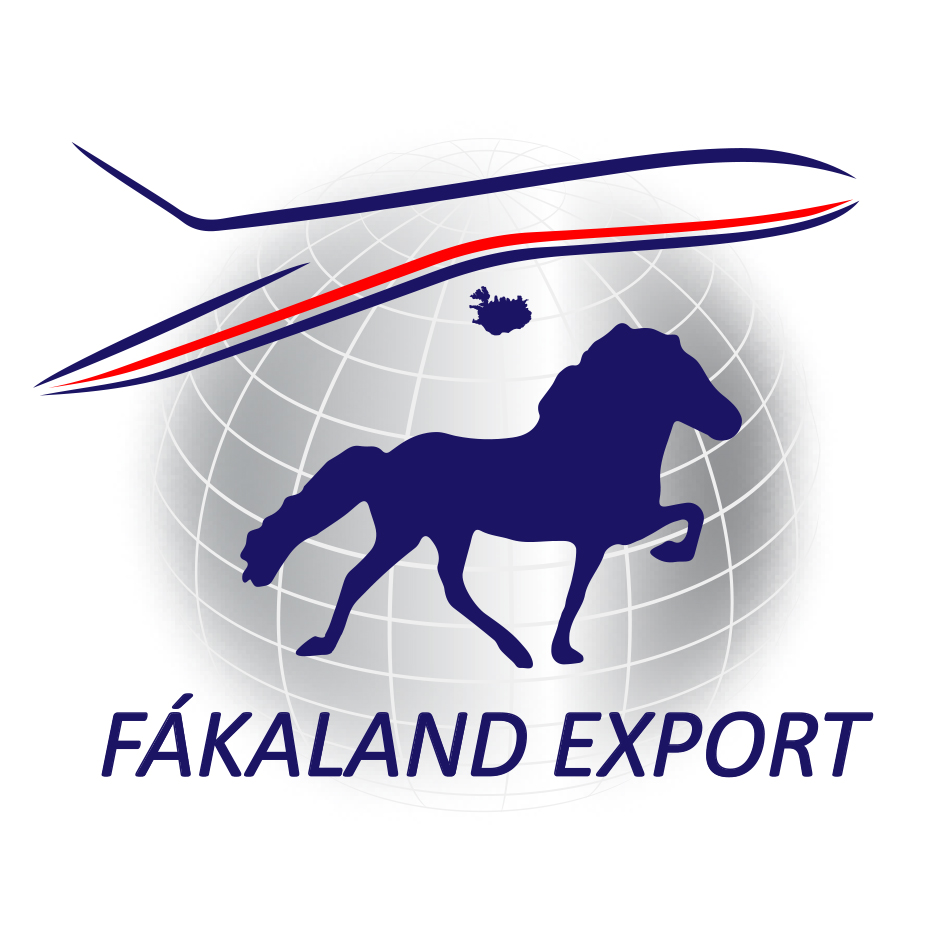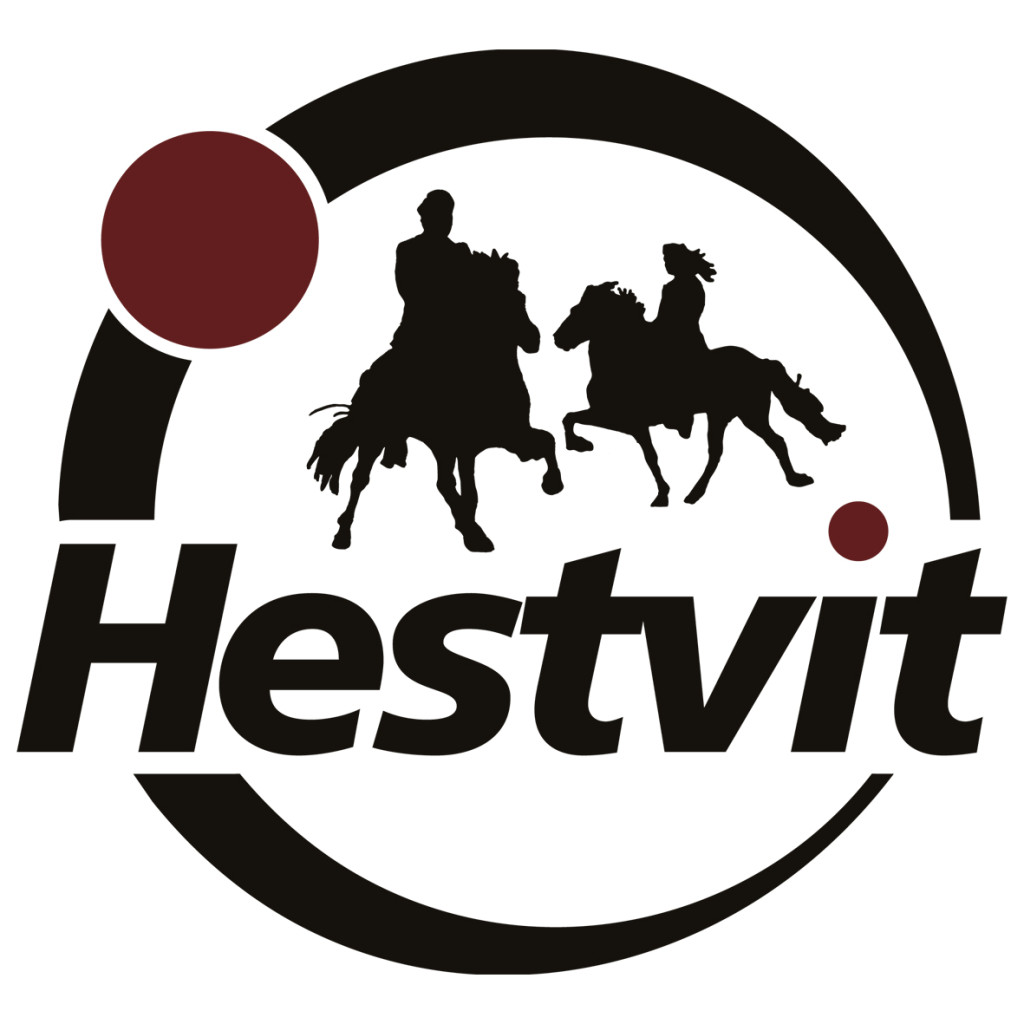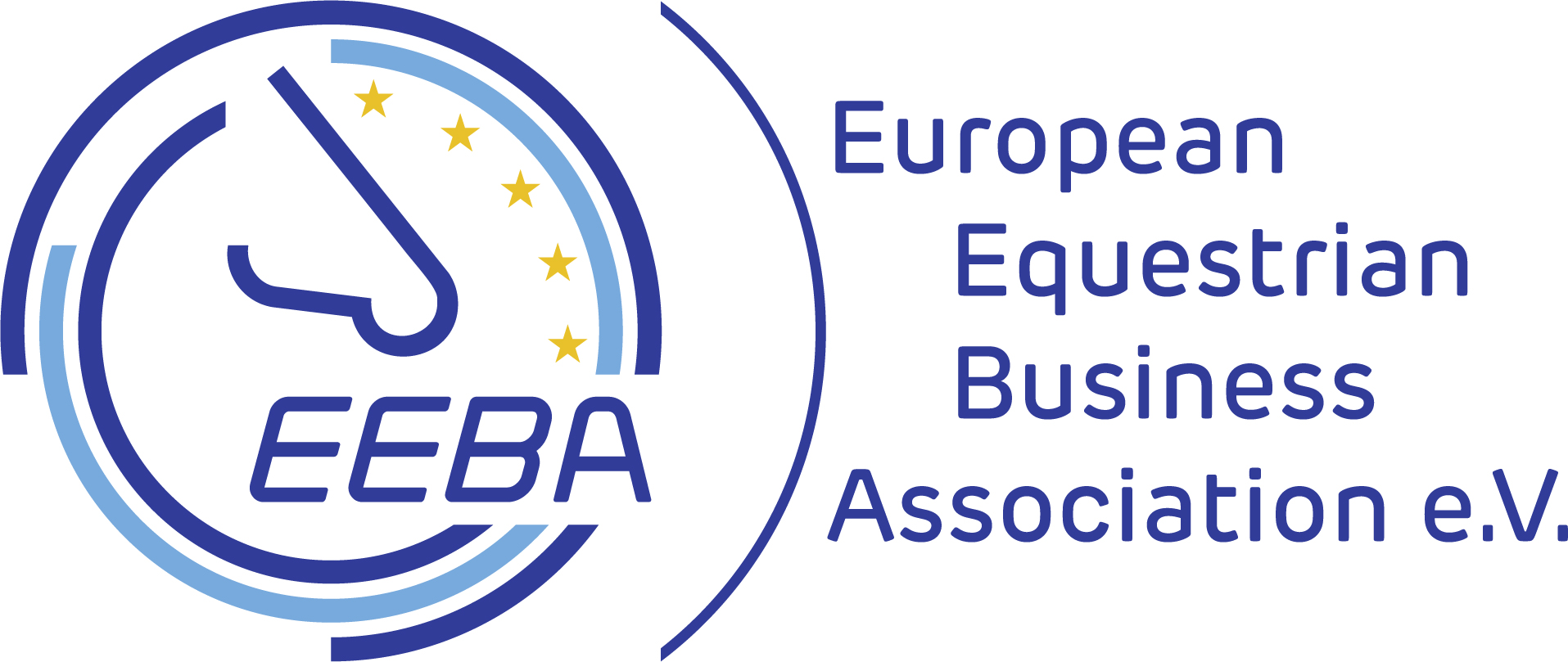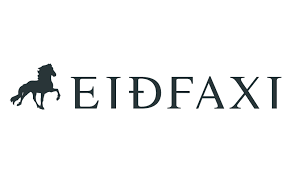 Humans, Horses and Events Management, released by CABI Publisher, is based on an extensive international event management research project at the Rural Tourism Department of Hólar University. It is unique for two reasons: It’s the first academic publication to cover an equestrian event in such depth and within events management it is the first study of a certain event from many different perspectives.
Humans, Horses and Events Management, released by CABI Publisher, is based on an extensive international event management research project at the Rural Tourism Department of Hólar University. It is unique for two reasons: It’s the first academic publication to cover an equestrian event in such depth and within events management it is the first study of a certain event from many different perspectives.
“It has been an interesting 5–6-year process. We assembled a team of researchers before the National Championships at Hólar in 2016 and 13 people participated in data collection during the event,” says Ingibjörg Sigurðardóttir, Head of the Department of Rural Tourism of Hólar University and one of the book’s editors. “Given that we have the only comprehensive programme in event management in Iceland, we figured it would be ridiculous not to take advantage of this major sports event in our backyard.”
In 17 chapters, the book studies the event from diverse viewpoints and theoretical perspectives. There are 19 authors from 5 different countries. “BA tourism students at Hólar University helped collect data and former MA students from the University of Iceland and Hólar co-authored some of the chapters,” says Ingibjörg. “Academics of very diverse and different backgrounds contributed to the book. It isn’t a given to bring together people with the same interest but such varied backgrounds, for example from natural and social sciences.”
The book uses the National Championships of the Icelandic Horse as an extended case study to explain in depth the process of managing an event, as well as the larger theoretical implications of events management.

Flag bearers at the 2016 National Championships at Hólar. Photo: Henk Peterse.
“We asked the event manager of the 2016 and 2018 National Championships to contribute with his perspective of managing such an event, and there are also contributions from FEIF [International Federation of Icelandic Horse Associations] and the Icelandic Equestrian Association,” says Ingibjörg, adding: “It’s not just an academic publication because the subject is approached in many different ways. For example, one of the chapters is a documentary on what happens behind the scenes of such an event.”
The 5-minute documentary can be watched online for free (it is in Icelandic and Scandinavian with English subtitles). It includes an interview with Bishop of Hólar Solveig Lára Guðmundsdóttir, who explains how she took shifts cleaning the public bathrooms at the National Championships as a member of the local women’s association and took part in the opening ceremony by blessing the event.
The book draws wider comparisons to connect events management to larger themes in the social sciences, such as human-animal relations; nationalism; place branding; event impacts; event experience; and inclusion and exclusion.
“When 8000 people and 800 horses arrive in a community of 4000 people, it is a significant addition to the local population. When so many people and horses gather at the same spot for some time it requires extensive planning, and it isn’t a given that it will be a success. Everything must be thoroughly managed,” states Ingibjörg. She notes that it was remarkable how positive the majority of interviewees had been, both guests and locals, also those not involved with horses. “They were very ambitious about planning the event right.”

At the 2016 National Championships. Photo: Ragnhildur Ásvaldsdóttir.
In the book, the National Championships of the Icelandic Horse is also compared to a major international equestrian event, the Allteck FEI World Equestrian Games. “The book is intended to have a broader relevance than being a study the National Championships,” explains Ingibjörg. “People all over the world should be able to use it when hosting, planning and working at events, not necessarily horse-related. However, the book is special in that it explores an event from the perspective of two species, humans and an animal.”
The book appeals to different target groups, she states: “To people interested in event management and horses, and human-horse relations from a wide perspective, empirical and theoretical. And not least to those who are planning events themselves. Even though it is based on research, the book is accessible and includes interesting information for horse owners, riders and enthusiasts.”
In addition to Ingibjörg, the book was edited by Katherine Dashper from Leeds Beckett University, UK, and Guðrún Helgadóttir from the University of South-Eastern Norway. Other authors include Icelandic and international academics in the fields of tourism, event management, equine science, veterinary medicine, economics, business studies, as well as representatives of the horse community.
The book is available at CABI Publisher and elsewhere as a hardcopy, ePDF and ePub. It can be bought at a 20% discount price, using the code: CCAB20, for a limited time only.
Here you can watch a short documentary on the work of volunteers at the 2016 National Championships of the Icelandic Horse at Hólar.
Text: Eygló Svala Arnarsdóttir. Photos: Henk Peterse (book cover and flag bearers) and Ragnhildur Ásvaldsdóttir (other photos from the National Championships 2016).
On the book cover: Sigur frá Stóra Vatnsskarði with rider Árni Björn Pálsson and Lukku-Láki frá Stóra-Vatnsskarði with rider Hinrik Bragason.
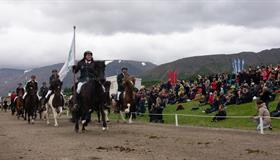

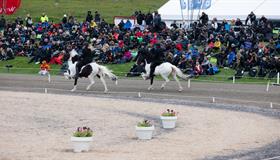
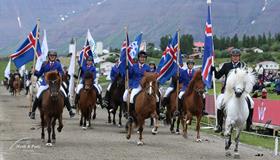
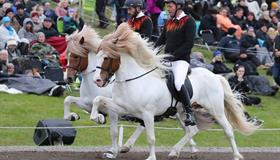
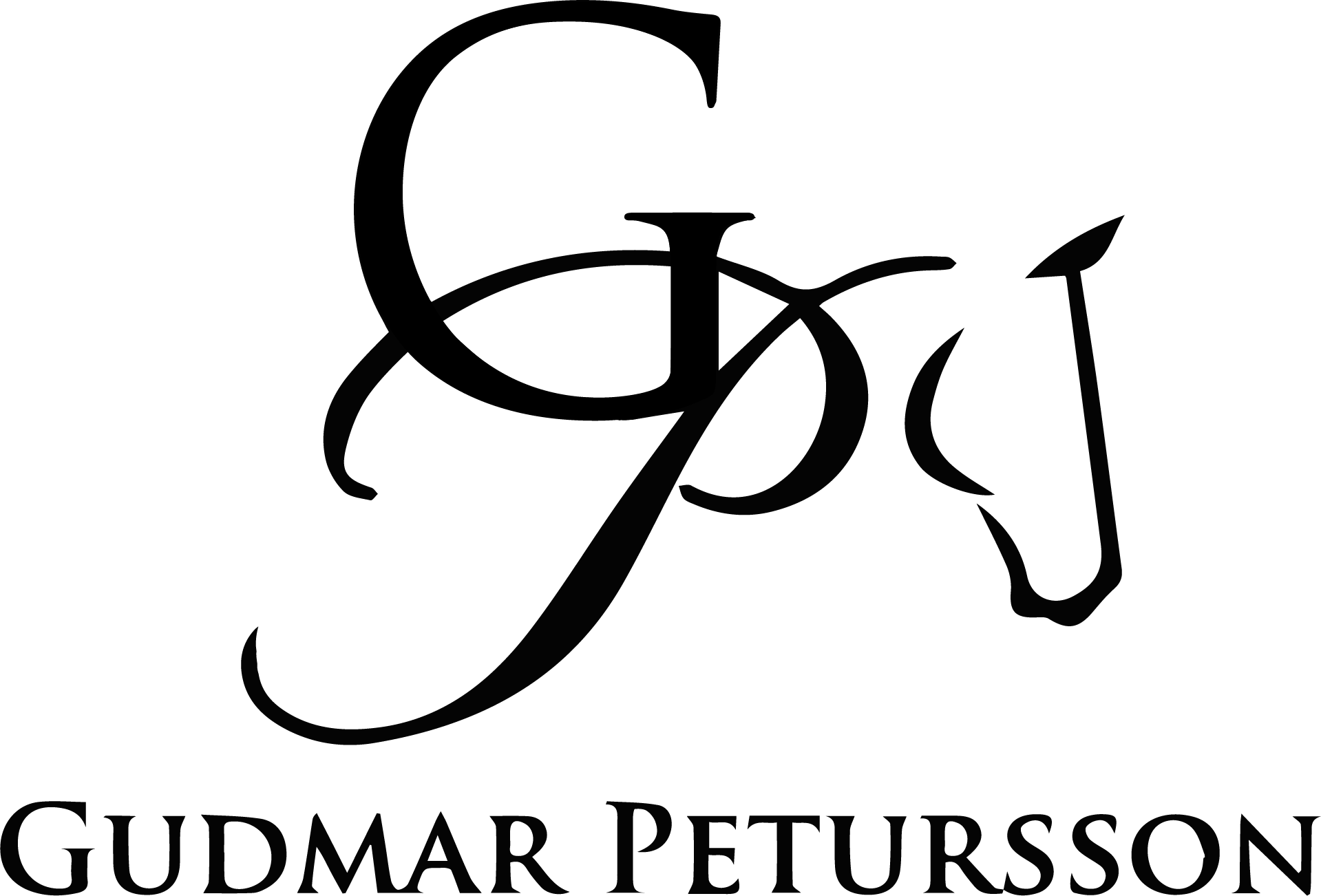
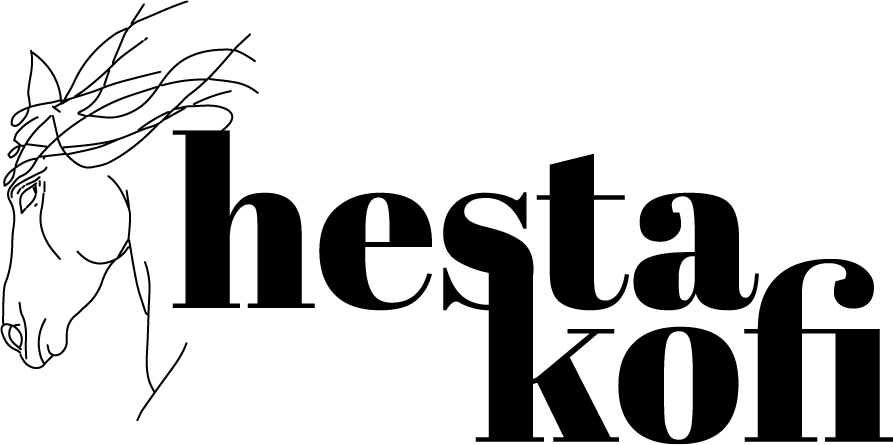
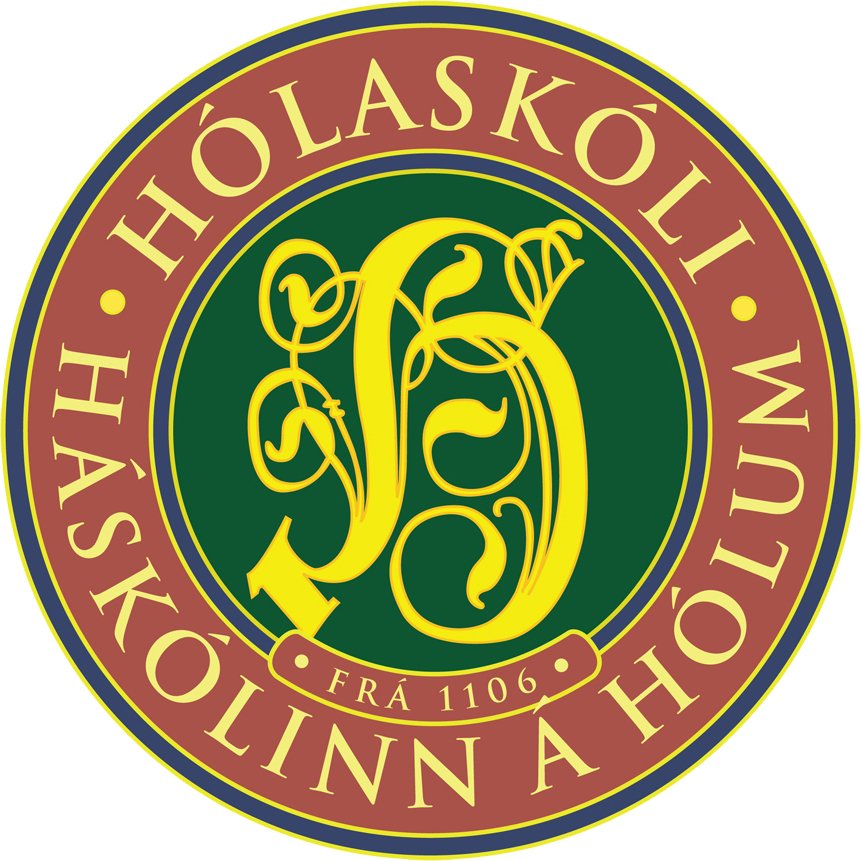



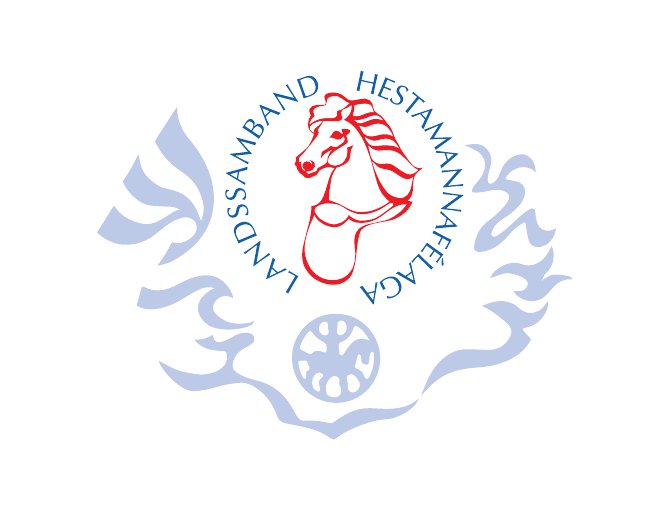



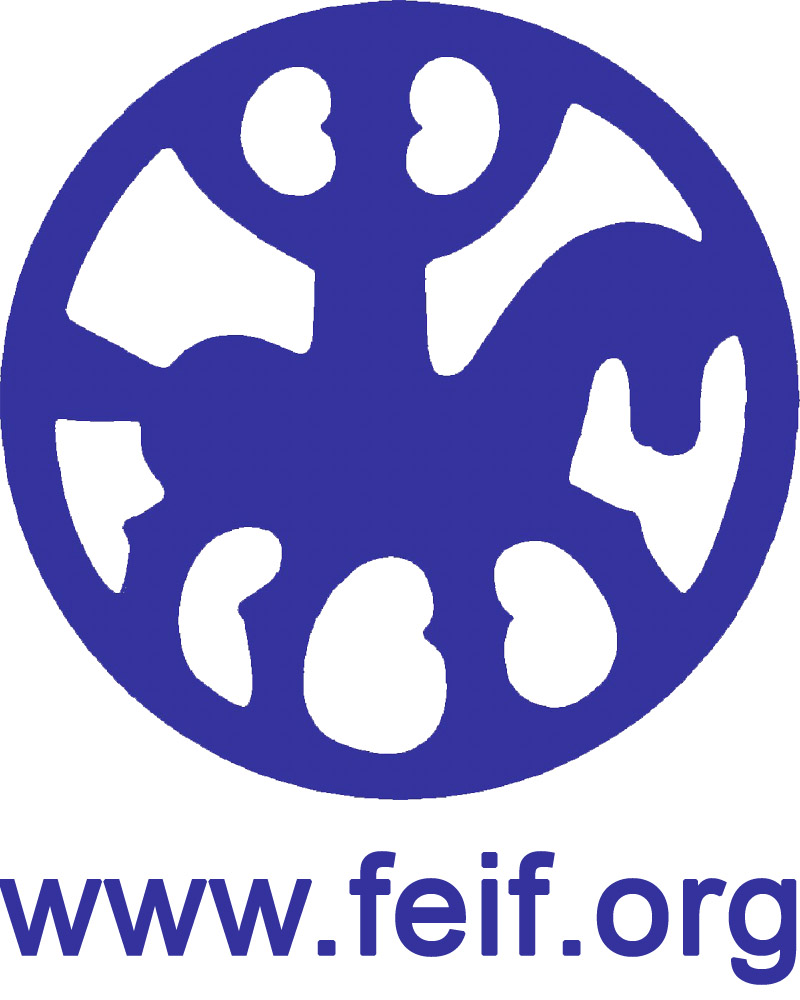
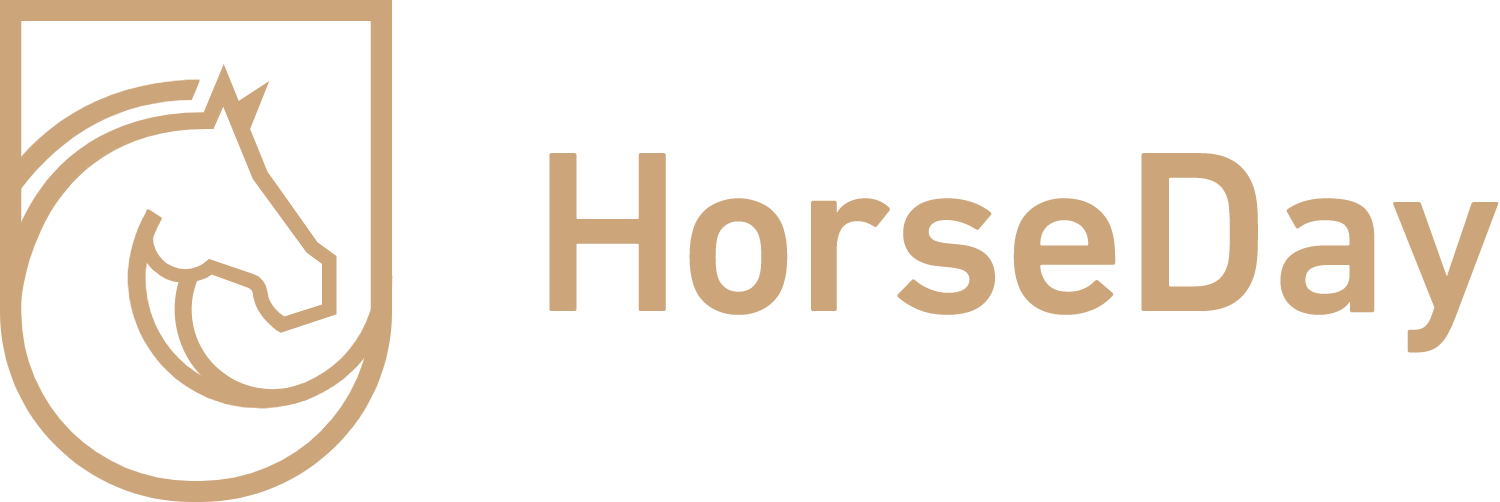
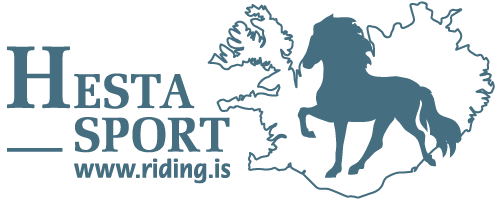


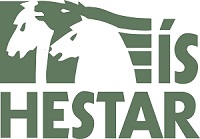
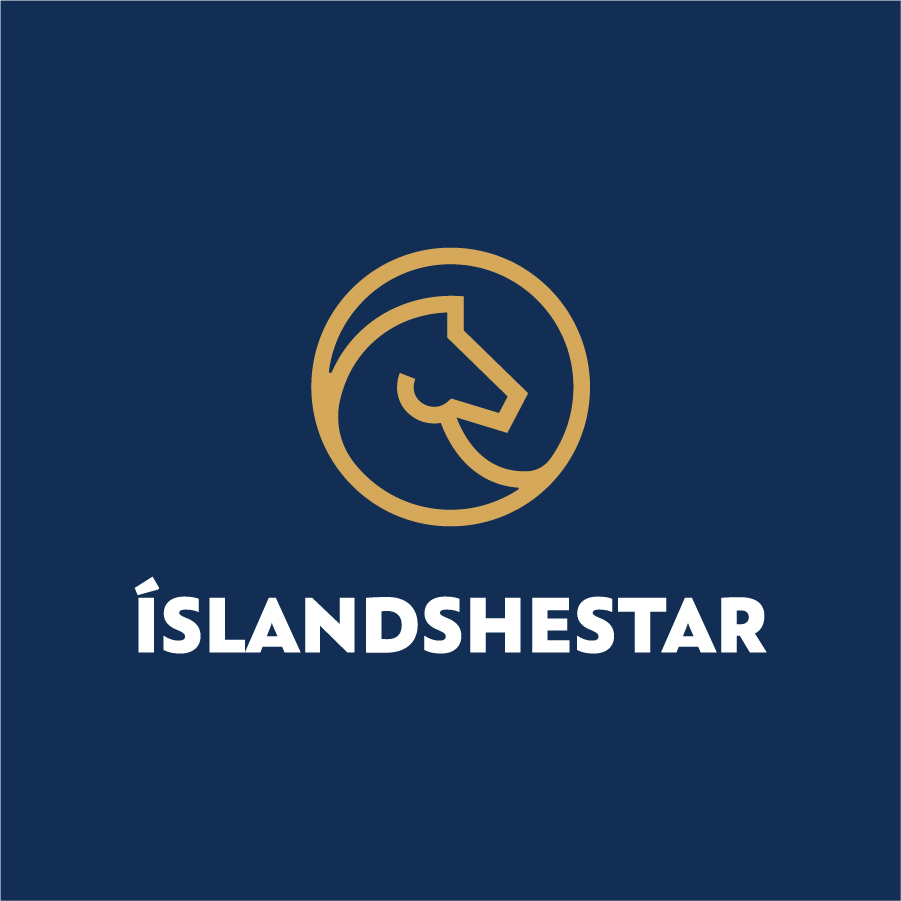
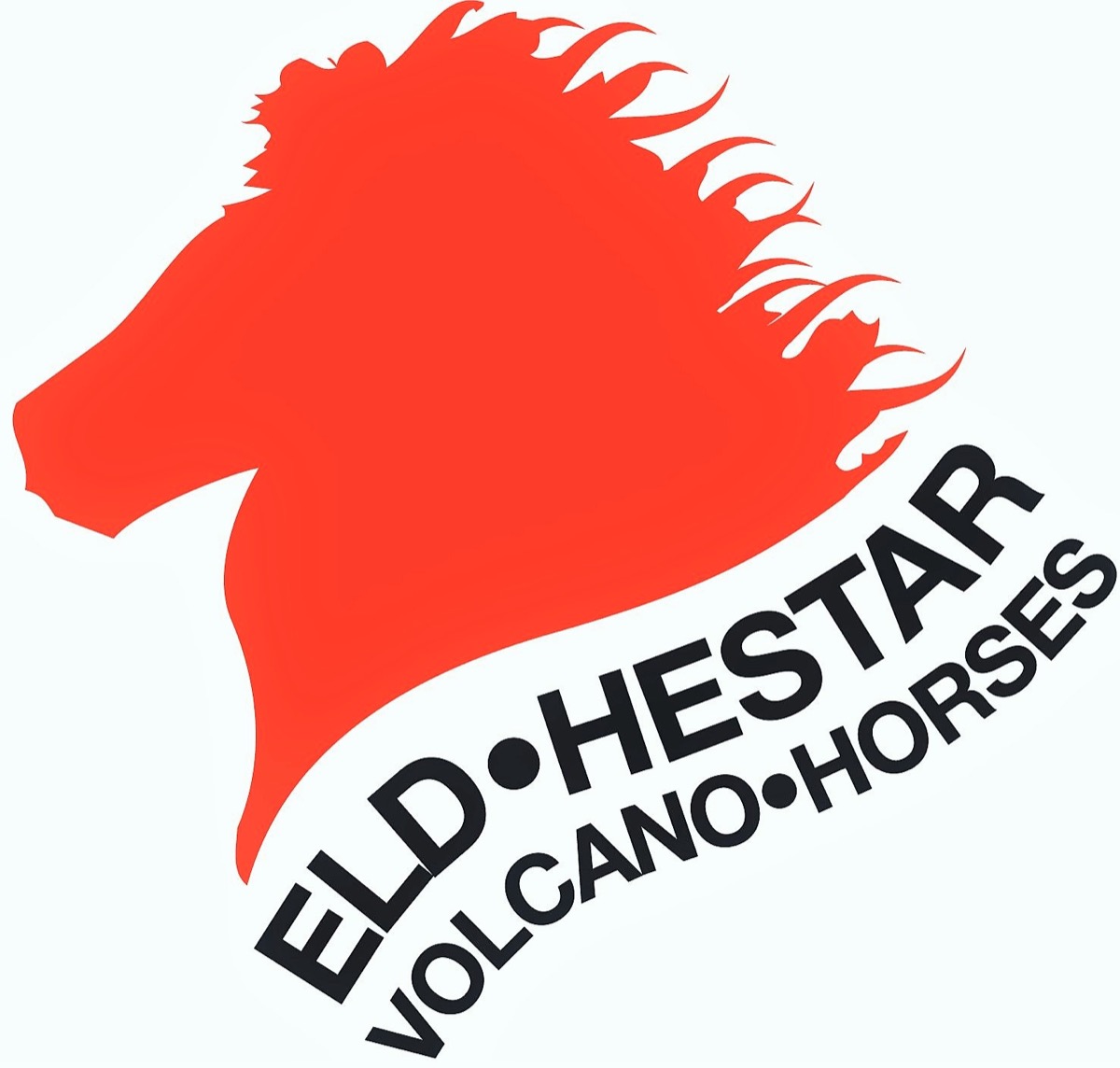
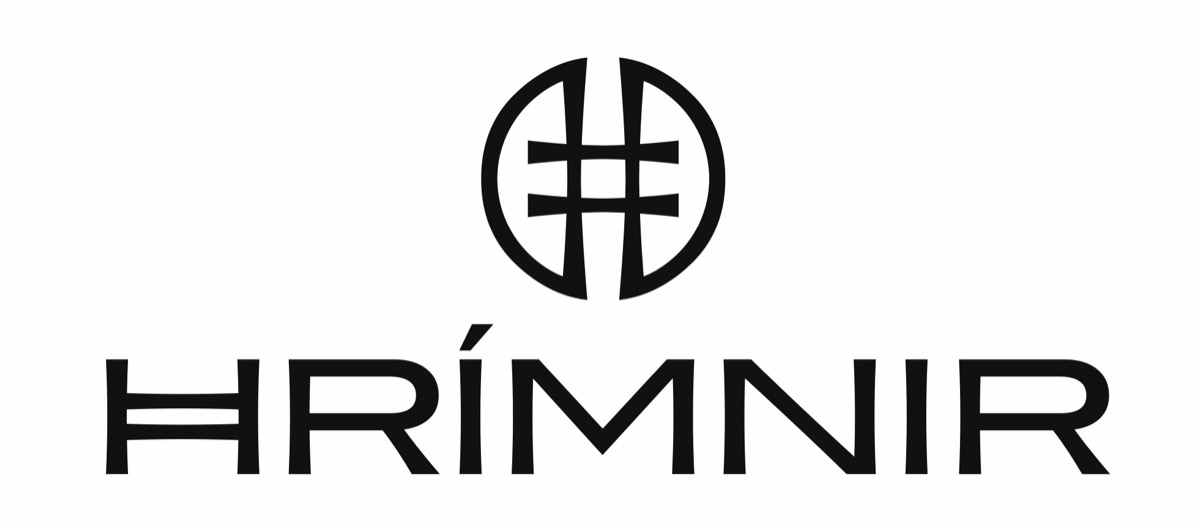


-1.jpg)
